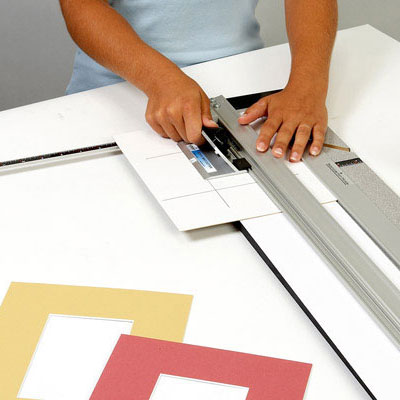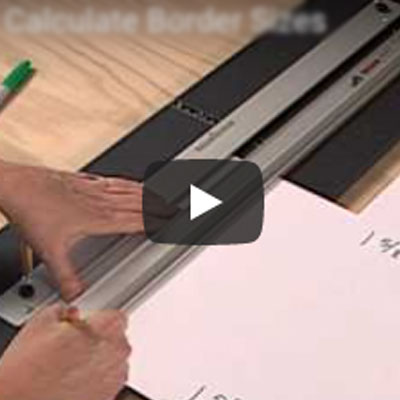There are many kinds of needlework, including counted cross-stitch, needlepoint, and quilting; certain principles apply to framing all of them. These principles can also be applied to framing a silk scarf and most other fabric items.
All fabrics must be supported before being framed. There are several methods used by picture framers, all of which are designed to pull the fabric taut and hold it flat. These methods are called "stretching." After stretching, the needlework can be matted and framed as desired.
Craft stores and needlework shops sell a variety of "sticky boards" (mounting board coated with a layer of pressuresensitive adhesive) for stretching needlework. The type with adhesive on the back (but none on the face of the board) is preferable to the type with adhesive on the face. It is best if no adhesive touches the needlework, because as the adhesive ages it can damage the work and its fabric base.
The most gentle and least intrusive method for supporting fabric pieces is sewing the piece to a backing board. This is how crocheted doilies, embroidered handkerchiefs, and antique samplers are normally handled.
SEWING METHOD FOR RECTANGULAR PIECES
Lay the needlework on the backing board it will be attached to. With a pencil, lightly mark the placement of the top edge of the needlework on the backing board. Remove the needlework. About 1/2" below the pencil mark, use an awl to poke a row of small holes, about 1" apart. Position the needlework on the backing board. Thread a needle with cotton or polyester thread. Bring the needle through the upper right hole, and through the needlework. Take a stitch about 1/4" wide, then pass the needle down through the next hole. Continue across the row of holes. Tape the loose ends of the thread to the back of the backing board.
GLASS
Some needleworks, such as needlepoints and tapestries done with wool yarns, do not need the protection of glazing, but most embroideries or cross-stitches do benefit from the protection. Be sure to use mats, or narrow matboard spacers glued to the interior sides of the frame, to raise the glazing from the surface of the needlework.












